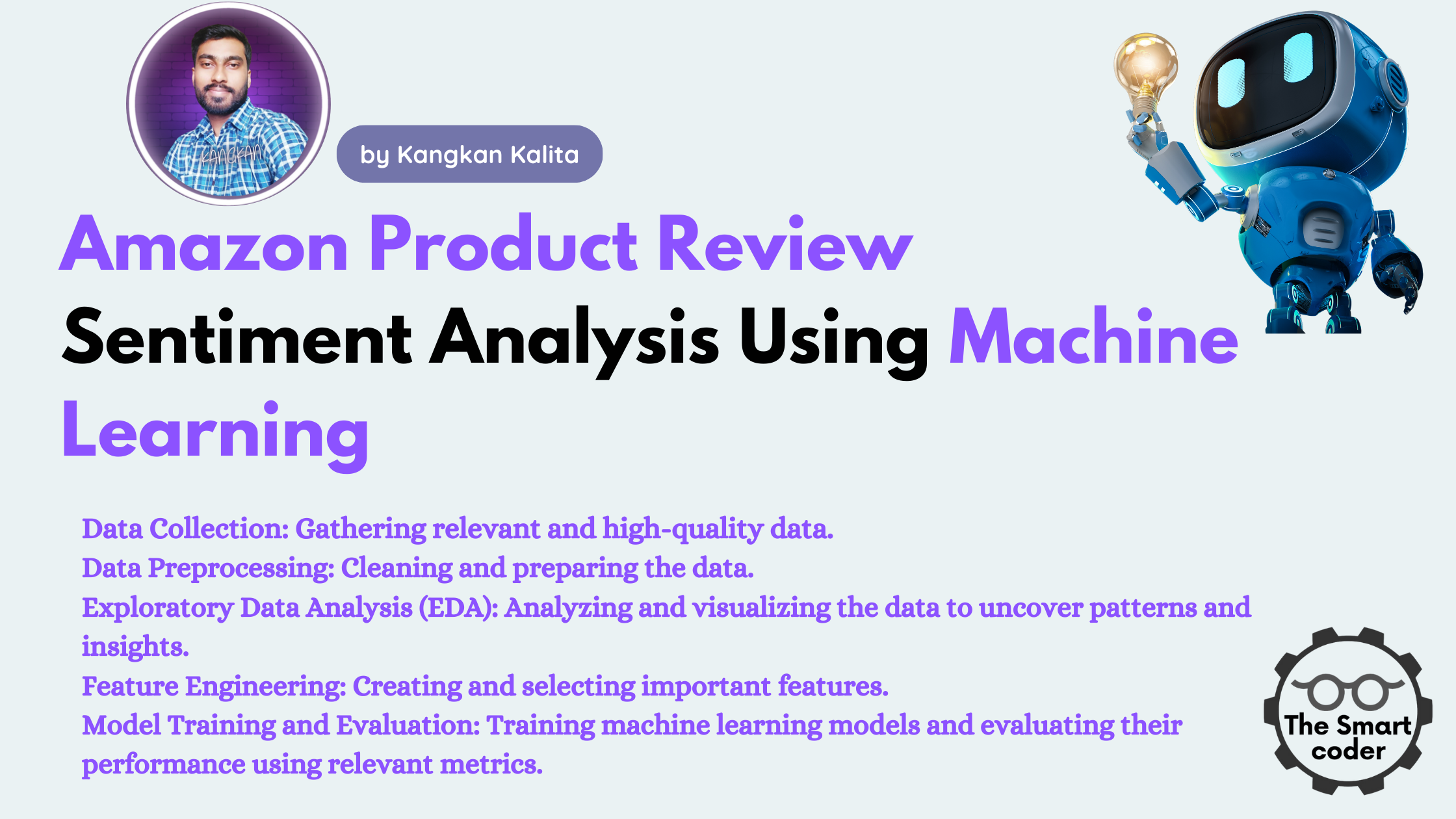Data Science Projects for Beginners
Data Science Projects for Beginners
If you’re new to data science and looking to build hands-on experience, working on projects is the best way to learn. Data science involves collecting, analyzing, and interpreting data to extract insights. The more you practice, the better you become at handling real-world datasets and solving problems efficiently.
This guide will introduce data science projects for beginners that will help you gain practical experience and build a strong portfolio. These projects will cover various aspects of data science, including data cleaning, visualization, machine learning, and statistical analysis.

Why Work on Data Science Projects?
Working on data science projects for beginners offers several benefits:
- Practical Learning: Apply theoretical knowledge to real-world problems.
- Portfolio Building: Showcase your skills to potential employers.
- Skill Development: Gain experience with Python, SQL, machine learning, and data visualization.
- Problem-Solving: Learn how to approach and analyze data-driven challenges.
- Confidence Boost: Gain confidence in handling data science tools and techniques.
Now, let’s dive into some beginner-friendly data science projects.
1. Exploratory Data Analysis (EDA) on a Public Dataset
What You’ll Learn: Data cleaning, visualization, and pattern recognition.
Tools Required: Python, Pandas, Matplotlib, Seaborn.
Start by picking a dataset from Kaggle, UCI Machine Learning Repository, or Google Dataset Search. Popular datasets include:
- Titanic Survival Dataset
- Iris Flower Dataset
- Customer Sales Data
Steps:
- Load the dataset using Pandas.
- Clean missing values and handle duplicate data.
- Perform descriptive statistics like mean, median, and mode.
- Visualize data using Matplotlib and Seaborn (histograms, bar charts, scatter plots).
- Identify patterns and correlations to derive insights.
2. Sentiment Analysis on Twitter Data
What You’ll Learn: Natural Language Processing (NLP), text mining, and sentiment classification.
Tools Required: Python, Tweepy, NLTK, TextBlob.
Twitter sentiment analysis involves analyzing tweets to determine whether they are positive, negative, or neutral.
Sentiment analysis full project
Steps:
- Extract tweets using the Twitter API (Tweepy).
- Clean the text data (remove stopwords, punctuations, and emojis).
- Tokenize and vectorize text using NLTK.
- Use a sentiment analysis library like TextBlob to classify sentiments.
- Visualize the results using word clouds and bar charts.
3. Predict House Prices Using Regression
What You’ll Learn: Machine learning, feature selection, and regression analysis.
Tools Required: Python, Scikit-learn, Pandas, Matplotlib.
Predicting house prices is a great beginner project to understand supervised learning and regression models.
Steps:
- Download a housing dataset (e.g., from Kaggle’s Boston Housing Dataset).
- Preprocess the data (handle missing values, encode categorical variables).
- Feature selection (choose key variables like square footage, location, number of rooms).
- Train a regression model (Linear Regression, Decision Tree, or Random Forest).
- Evaluate the model using metrics like Mean Absolute Error (MAE) and Root Mean Squared Error (RMSE).
4. Customer Segmentation Using Clustering
What You’ll Learn: Unsupervised learning, clustering techniques, and business analytics.
Tools Required: Python, Scikit-learn, Pandas, Matplotlib.
Customer segmentation helps businesses group customers based on their behaviors and preferences.
Steps:
- Use a dataset with customer purchase history (e.g., Mall Customers Dataset from Kaggle).
- Preprocess the data (normalize values, remove outliers).
- Apply K-Means clustering to segment customers.
- Visualize clusters using scatter plots and heatmaps.
- Analyze the results to understand different customer groups.
5. Handwritten Digit Recognition Using MNIST Dataset
What You’ll Learn: Deep learning, neural networks, and image classification.
Tools Required: Python, TensorFlow/Keras, OpenCV.
This project involves recognizing digits from images using deep learning models.
Steps:
- Load the MNIST dataset (available in TensorFlow and Scikit-learn).
- Preprocess images (resize, normalize, convert to grayscale).
- Build a Convolutional Neural Network (CNN) using TensorFlow/Keras.
- Train and evaluate the model using accuracy metrics.
- Test predictions with new handwritten numbers.
6. Fake News Detection Using Machine Learning
What You’ll Learn: Text classification, machine learning, and NLP.
Tools Required: Python, Scikit-learn, NLTK, TfidfVectorizer.
Fake news detection is a popular project in data science involving text classification.
Steps:
- Collect a fake news dataset (e.g., Fake News Detection Dataset from Kaggle).
- Preprocess the text (remove stopwords, lemmatization, and stemming).
- Convert text into numerical features using TfidfVectorizer.
- Train a classification model (Naïve Bayes, Logistic Regression, or Random Forest).
- Evaluate model performance using precision, recall, and F1-score.
Fake news detection Full Project
7. Movie Recommendation System
What You’ll Learn: Collaborative filtering, recommendation algorithms.
Tools Required: Python, Pandas, Scikit-learn, Surprise library.
Recommendation systems power platforms like Netflix and Amazon.
Steps:
- Use a movie dataset (MovieLens dataset is a great choice).
- Explore user ratings and movie preferences.
- Build a recommendation algorithm using collaborative filtering (User-Based or Item-Based).
- Train the model and test recommendations.
- Improve accuracy by tweaking parameters.
Movie Recommendation system full project
Conclusion
These data science projects for beginners will help you gain hands-on experience and improve your data science skills. Start small, practice consistently, and build a portfolio to showcase your expertise. As you complete more projects, you’ll gain confidence in handling real-world data science problems.
So, which project are you going to try first? Let us know in the comments!
Latest Posts:
- SQL for beginners : A Complete Guide
- Predictive Analytics Techniques: A Beginner’s Guide to Turning Data into Future Insights
- Top 10 Data Analysis Techniques for Beginners [2025 Guide to Get Started Fast]
- How to Build a Powerful Data Scientist Portfolio as a Beginner [Step-by-Step 2025 Guide]
- Hypothesis Testing in Machine Learning Using Python: A Complete Beginner’s Guide [2025]






